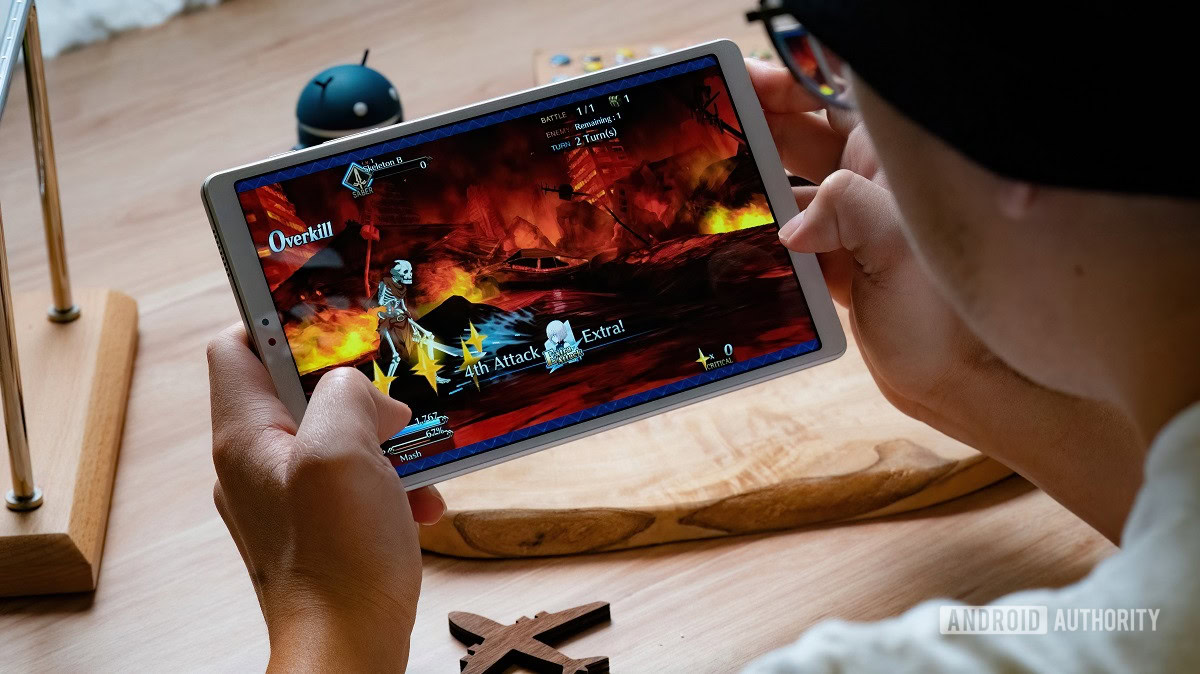Smartphone ray tracing graphics are here, but is it the real deal?
Curtis Joe / Android Authority
While there was plenty to dig into with Qualcomm’s announcement of its Snapdragon 8 Gen 2 platform, the headline-grabbing new feature was undoubtedly smartphone ray tracing graphics support. Qualcomm joins Mediatek’s Dimensity 9200 and Samsung’s Exynos 2200 with support for hardware-based ray tracing, opening the door to fancy new graphical effects for mobile games.
With 2023 flagship handsets set to almost universally support the feature, will it be the year that mobile gaming stops playing second fiddle to console and PC graphics?
Well, yes, but equally no. Smartphone ray tracing is undoubtedly a nice feature to have and one that will, in all likelihood, result in fancier-looking graphical effects and games. However, there are several hurdles still to be overcome, so a ray-tracing reality check is in order.
Not all ray tracing implementations are equal
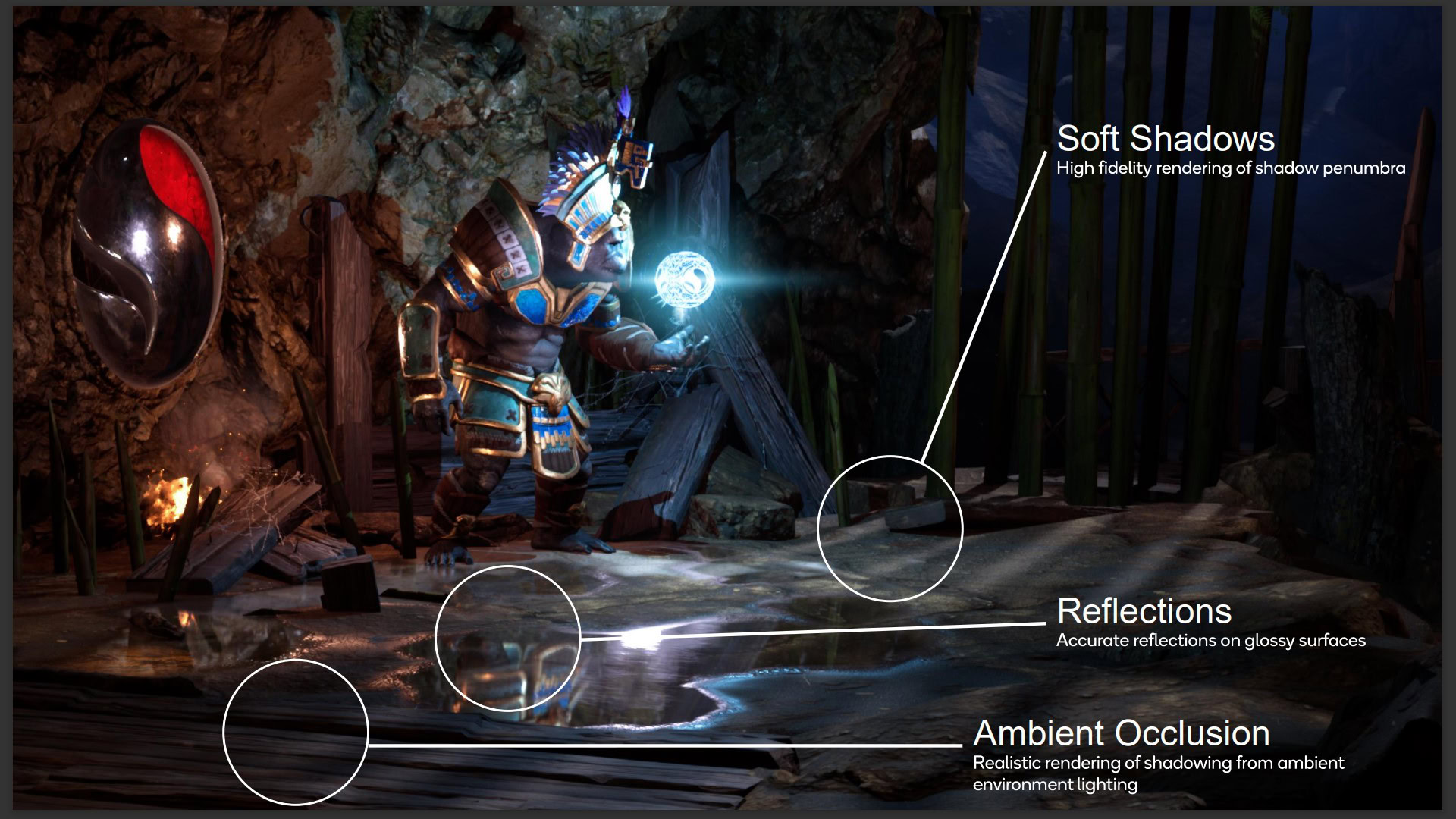
The important thing to acknowledge here is that ray tracing is a graphical term that encompasses a wide range of possible implementations. You could think of these as “levels” of ray tracing, each with its own graphics benefits and associated performance costs. Just because smartphones support ray tracing doesn’t mean games will look like they do on console and PC.
Ultimately it boils down to whether you can render an entire scene with computationally expensive ray tracing or rely on a hybrid approach that only uses ray tracing for some effects. Given that PCs and consoles still take a hybrid approach, we’re definitely looking at the latter in the smartphone space. At the high end, caustics can map the way light and reflections bounce off curved surfaces like water or glass, while less demanding implementations can improve the accuracy of casted shadows and assist with reflections on some surfaces. That’s still great, but keep those expectations in check in terms of what ray tracing can and will be used for.
Mobile ray tracing hardware is less powerful than consoles and PCs.
We do know a little about the ray tracing architectures used by Qualcomm and Arm, which gives us some insight into their capabilities. For starters, both accelerate the core box and triangle intersections, which are the fundamental building blocks of ray tracing. Calculating these ray intersections in hardware is multiple times faster than in software.
However, only Qualcomm supports Bounding Volume Hierarchical (BVH) (we don’t know about Samsung’s Xclipse GPU), a similar technique to that used by Nvidia and AMD in their high-end GPUs. BVH acceleration is important because it’s used to speed up ray intersection math by searching through groups of polygons to narrow down the intersections rather than casting every ray individually.
As such, we’re expecting Qualcomm’s implementation to offer better frame rates and more ray tracing complexity, but that’s assuming its ray number crunching capabilities are comparable to Arm’s in the first place. That said, there are other aspects to ray tracing acceleration, such as denoise and memory management, that can be fine-tuned to improve performance too. We don’t know how far either Arm or Qualcomm has gone in optimizing its broader GPU for these requirements.
Mobile GPUs vary in their level of ray tracing feature support and performance.
In terms of numbers, Oppo claims a 5x boost on its PhysRay engine by moving from software to hardware acceleration with the 8 Gen 2. Meanwhile, Arm notes a 3x boost with its Immortalis G715 GPU in internal hardware versus software benchmarking. Sadly, neither metrics tell us a whole lot about what sort of real-world performance and graphical capabilities we’re likely to see.
Qualcomm notes it supports reflections, shadows, and global illumination, key techniques for producing decent, if not super high-end, ray tracing effects. Likewise, Arm notes it uses hybrid rasterization to enhance lighting, shadows, and reflections. However, layering these features requires more and more processing power, and we don’t yet know just how far the first smartphone chips can push support and at what frame rate.
Smartphone ray tracing won’t scale like consoles
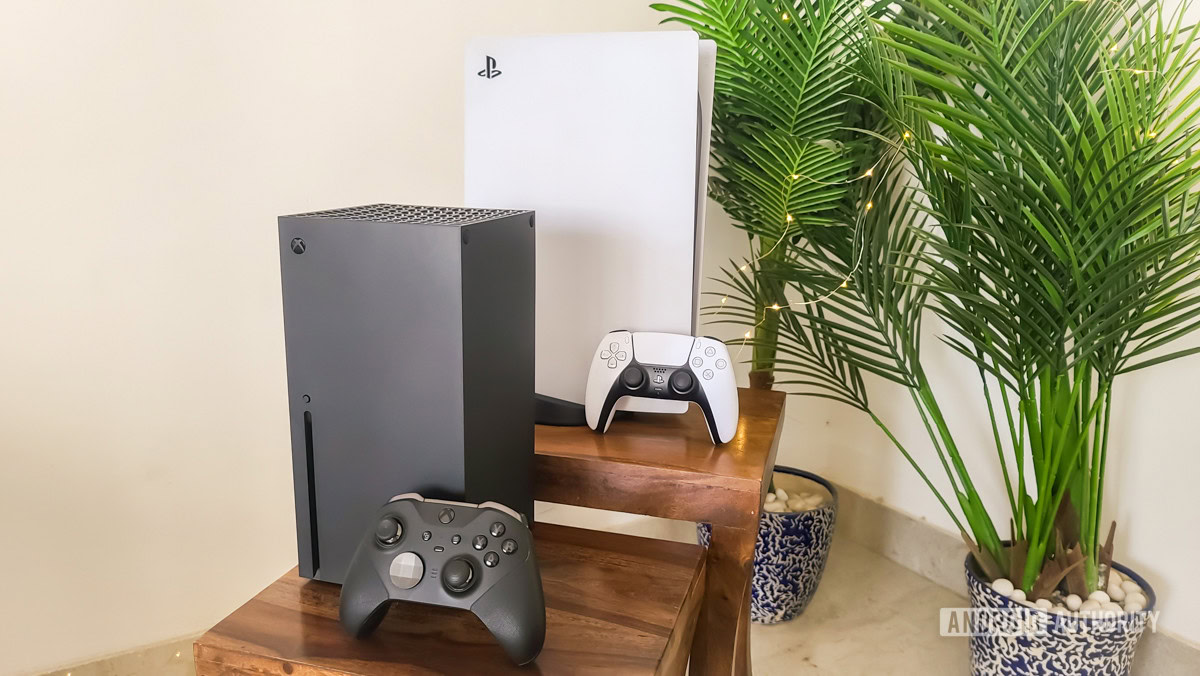
Adamya Sharma / Android Authority
While we’ll have to wait and see what actual mobile games bring, what we can say for certain is that a smartphone chip designed for a sub-5W graphical power budget is not going to scale up to the performance levels of a games console or PC graphics card.
Nvidia’s latest RTX4080 graphics card is a 320W behemoth, for example. At the same time, the Playstation 5 and Xbox Series X consume around 200W each (including their CPUs). 4K resolutions with all the bells and whistles are simply out of the question for smartphone ray tracing.
Expect frame rate and resolution compromises with ray tracing enabled.
The closest approximation we have to real-world performance comes from Oppo’s talk about its PhysRay engine during the Snapdragon Tech Summit Day one keynote. The company notes it can achieve 60fps at a modest 720p resolution, sustained for 30 minutes running on the Snapdragon 8 Gen 2 platform. That sounds OK but clearly highlights the trade-offs mobile will have to make regarding frame rate or resolution. Not to mention that sustained performance could also be an issue, given the limited cooling available to the smartphone form factor.
Our time at the Snapdragon Summit also included a hands-on demo. Qualcomm presented a short animation where we had the chance to toggle ray tracing on and off. It was easy to see the difference in lighting and reflections — night and day, even. However, we couldn’t adjust the camera or move within the space, so there’s no way to know how well the performance will hold up.
Doom and gloom aside, smaller smartphone displays don’t need ultra-high resolutions or ultra-high levels of graphical fidelity to look great. 720p 60fps or 1080p 30fps games with fancier lighting and reflections can still provide a notable uplift to mobile graphics fidelity.
Games will take a while to appear
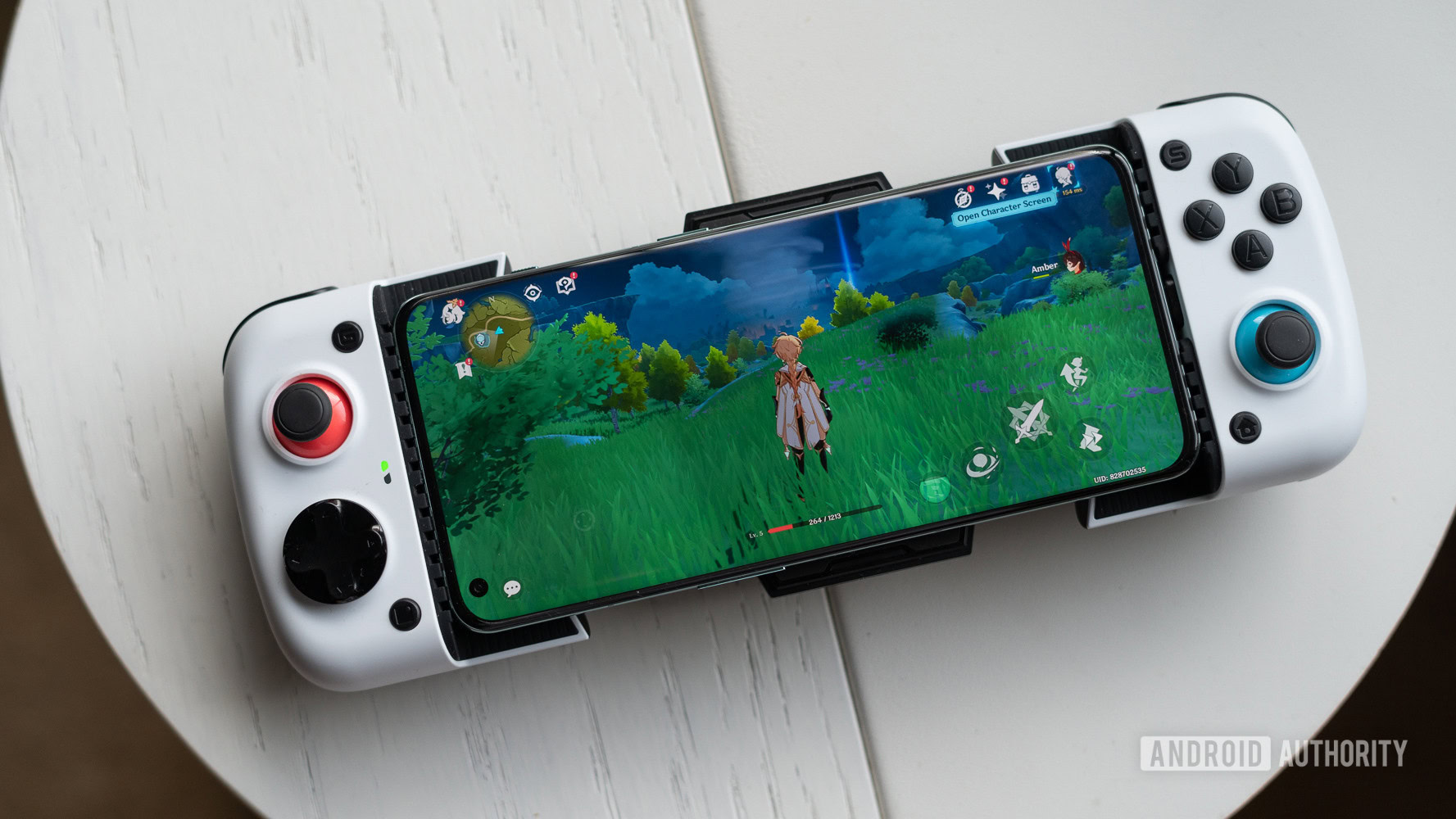
Dhruv Bhutani / Android Authority
During their recent announcements, Mediatek and Qualcomm both noted that the first mobile game with ray tracing support will appear in the first half of 2023, just in time for phones to make their way into consumers’ hands. One game is hardly a drop in the ocean, and it’s going to take much longer, possibly years, before ray tracing gains mainstream mobile appeal.
This is partly down to the fact that games have to be profitable, which means mass market appeal rather than building them for just a handful of phones. While there’s always free marketing in being first, ray tracing implementations will be an afterthought for many developers, at least until hardware reaches larger adoption. It was the same with console and PC games. That said, Mediatek notes that it’s working will all major Chinese game studios to support ray tracing in the future. We also spotted China’s Tencent and Netease Games on Qualcomm’s list of partners, so some markets may move to support the feature sooner than others.
Game support is coming, but mass adoption could take years.
Importantly, with Qualcomm onboard, ray tracing is firmly on the map due to its sheer sales volume. An increasing number of titles will likely gradually opt-in in the coming years, offering fancier reflections and lighting for those phones that support it. Ray tracing via the increasingly popular Vulkan API also means that cross-platform ports are more viable than ever. So again, plenty to be hopeful for in the longer term.
Should I buy a phone for ray tracing?
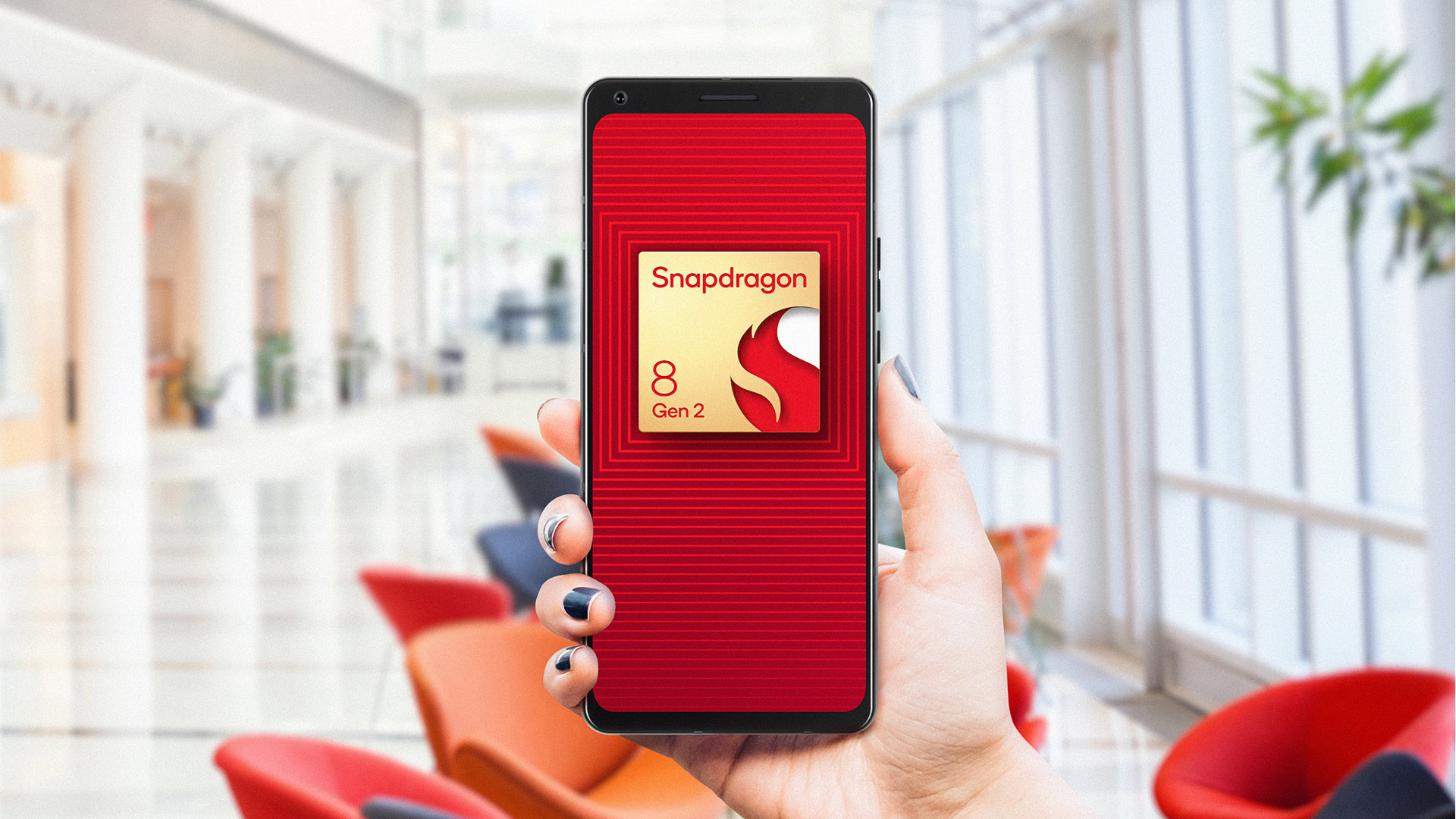
Hopefully, this article has convinced you; no. You really shouldn’t rush out to buy a new phone simply because it supports ray tracing graphics. We haven’t even seen our first mobile game that supports the technology yet, so there should be no rush to be an early adopter here. To be honest, you might even be better off waiting for second-generation ray tracing GPUs to iron out the kinks and boost performance up a notch.
However, if you’re in the market for a new phone soon-ish and gaming is a top priority for you, it could well be worth waiting until 2023 to grab yourself a phone that will be that little more future-proof. We’re expecting the first ray tracing phone announcement before the year’s end.
See also: The best gaming phones you can buy today
For all the latest Technology News Click Here
For the latest news and updates, follow us on Google News.

